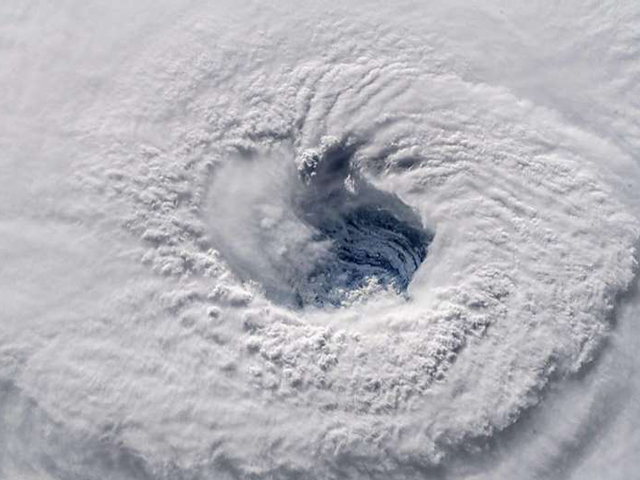
In the coming year, the Database Administration (DBA) Team will begin the work of moving Emory’s massive payload of data and services to Amazon Web Service’s (AWS) cloud platform. We’ve been preparing for years to take this significant step forward and I wanted to take this time to tell the story of my journey into cloud computing at Emory.
Hurricane Hunter
In the late 1980’s, I worked for a research and development company that specialized in weather prediction. It was here that I learned about a special Air Force unit named the Hurricane Hunters which deployed planes to investigate tropical storms that were developing into hurricanes. They study the storm over its life and collect research data. When the storms became hurricanes, one of the missions of the plane was to fly into the eye of the hurricane (which is the calmest part) and collect data.
My journey to prepare myself for the AWS Cloud was like being a hurricane hunter.
The Storm of AWS
My investigation into AWS started when I was at an Oracle conference in 2016 where I passed by the AWS RDS (relational database service) booth in the vendor area and the person at the booth asked if I would like to create and deploy an Oracle database in 60 seconds for a tee shirt. Do this in 60 seconds? You’ve got to be kidding me.

He guided me through the process, and I was hooked when I did indeed create and deploy an Oracle database in about a minute. When I returned to the office, I told my manager about it and he said Emory was looking into the cloud and was working on a plan for us to investigate it. The DBA Team all signed up for a free AWS account to kick the tires and we conducted weekly sessions to share in our understandings. I jotted down notes to try to understand what was going on behind the scenes when we create an RDS instance in the console.
The intensity picked up like a storm as I got started with Cloudscape by collecting our on premise database footprint, defining and testing SRD/SRR’s (scalable reliable datagram and same-region replication) for AWS at Emory, writing documents for creating Oracle and SQL Server RDS, making end-user connections from MySQL, Oracle and SQL Server to RDS and learning how to encrypt an RDS instance. These tools and strategies are all a part of getting ready to serve Emory as cloud experts.
The Next Steps
We’ve been preparing for the hurricane and I’ve investigated methods to migrate our on-premise databases using Database Migration Services, S3 Oracle integration and S3 with SQL Server, developing RDS naming standards, defining and testing backup strategies and working on test migrations for the pilot applications. This includes learning how to use tools like Ansible and Cloud Formation to do things like provision RDS instances, clone RDS instances, set up Cloudwatch Alarms and much more.
It’s been great collaborating and working with everyone as we all learn to use new tools and build our solutions to support databases in AWS. Hurricane season is fast approaching and when we start our workload migrations to the cloud there is going to be a flurry of activity going on around us like a hurricane. I expect the Database Team to be prepared and sitting in the eye of the storm, ready to help with the migrations.
Stay tuned for more information about the migration schedule this summer.
Leave a Reply